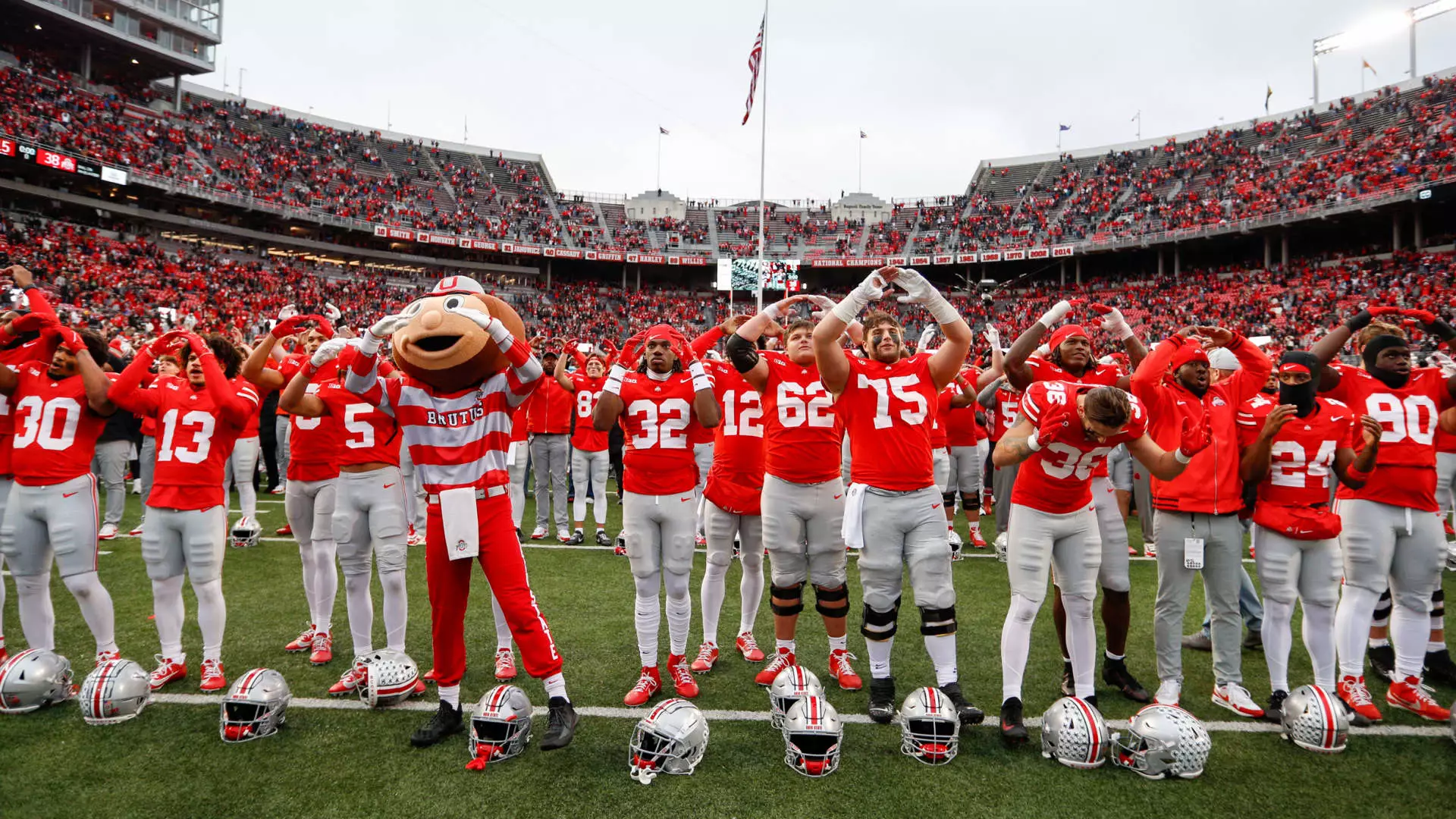As collegiate sports evolve into a billion-dollar industry, the dynamics of investment in college athletic programs are changing at a rapid pace. With increasing commercial opportunities stemming from media deals and sponsorships, private investors are actively exploring the financial potential of these programs. In light of this growing interest, it becomes essential to understand how much these programs are worth and what drives their valuations. This article examines the key factors influencing the estimated worth of college athletics, the significant role of conferences, and what the future holds for this burgeoning market.
According to various reports, including a recent analysis by CNBC, major college sports programs together amass revenues in the billions. This financial landscape has transformed the way stakeholders—ranging from universities to private equity firms—view these athletic programs. For instance, the investigation revealed that Ohio State University topped the valuation charts, boasting an impressive estimated worth of $1.27 billion. This figure is more than just a number; it reflects various elements such as revenue generation, alumni engagement, and historical performance.
At its core, the valuation hinges on several financial metrics, including annual revenue, donor contributions, and potential for growth. Ohio State’s ability to generate $280 million in revenue during the fiscal year 2023 is compelling evidence of its financial prowess. Alongside a robust alumni base exceeding 600,000 and a fan following that extends to over 11 million, these figures illustrate the university’s significant marketability and potential for future revenues.
One cannot discuss college sport valuations without acknowledging the outsized influence of athletic conferences. Schools within the Southeastern Conference (SEC) and Big Ten Conference consistently dominate the financial rankings primarily due to lucrative media rights agreements. The SEC, valued collectively at a staggering $13.3 billion, averages around $832 million per institution—a clear indicator of the financial clout these conferences wield.
The Big Ten follows closely behind with a valuation of $13.2 billion, averaging $734 million per school. In contrast, the Atlantic Coast Conference (ACC) and the Big 12 lag significantly at $9.6 billion and $6.7 billion, respectively. These disparities highlight that affiliation with a high-value conference can dramatically enhance a program’s overall valuation. As a result, universities are continually repositioning themselves to align with conferences that offer the most lucrative financial opportunities.
The methodology used to arrive at the valuations of these college athletic programs is multifaceted. Jason Belzer, a key figure in the analysis, employed a base revenue multiple of four for all institutions. However, this multiple is not static; adjustments are made based on different variables, such as estimated name, image, and likeness (NIL) spending, institutional subsidies, alumni network strength, and overall growth potential.
Essential data sources, including the Department of Education’s Equity in Athletics Data Analysis and the Knight Commission on Intercollegiate Athletics, lend credibility to the financial figures utilized in this research. Additionally, experts in the field provided insights that further refined the rankings, ensuring a well-rounded perspective on the financial attributes of each program.
As college athletic programs continue to thrive amid changing market conditions, it is clear that the future holds plenty of potential for significant financial gains. The trend toward increased investment, the introduction of NIL policies, and the relentless quest for media deals suggest that the landscape of college sports will evolve continually.
For private equity firms and investors eyeing the college sports sector, understanding the nuances of valuation is crucial. As these programs become more profitable, competition for stakes will likely intensify, further driving up their respective values. Therefore, continued scrutiny and adaptation will be essential for stakeholders aiming to capitalize on this lucrative venture.
The valuation of college athletic programs is not only dictated by current financial performance but also by their capacity for future growth. As this market continues to mature, both universities and investors will need to remain agile to navigate the evolving financial landscape.

